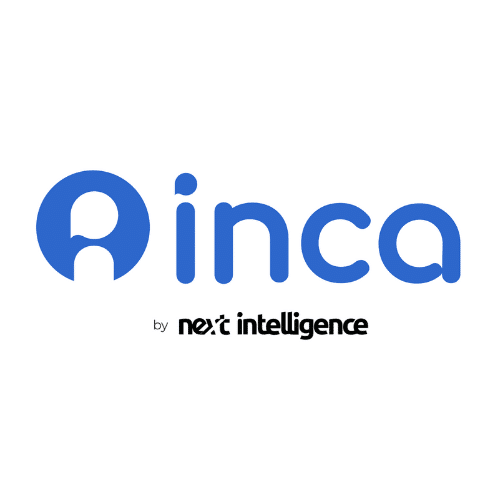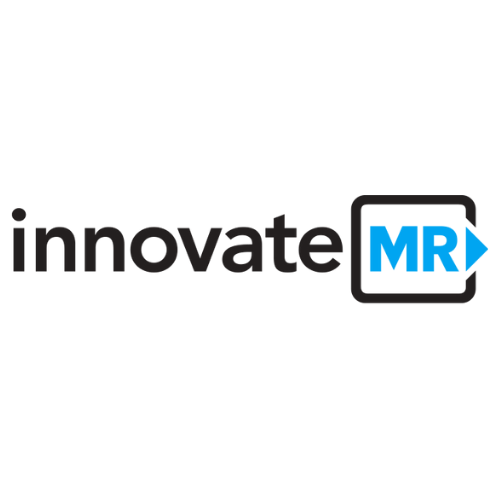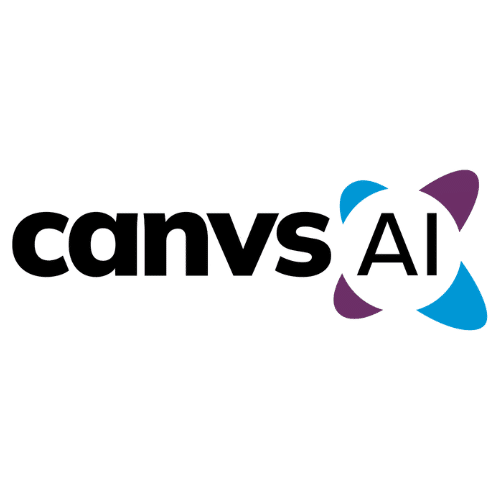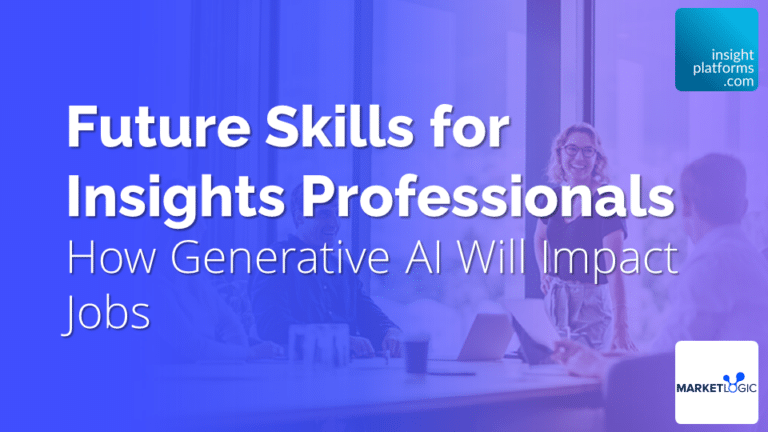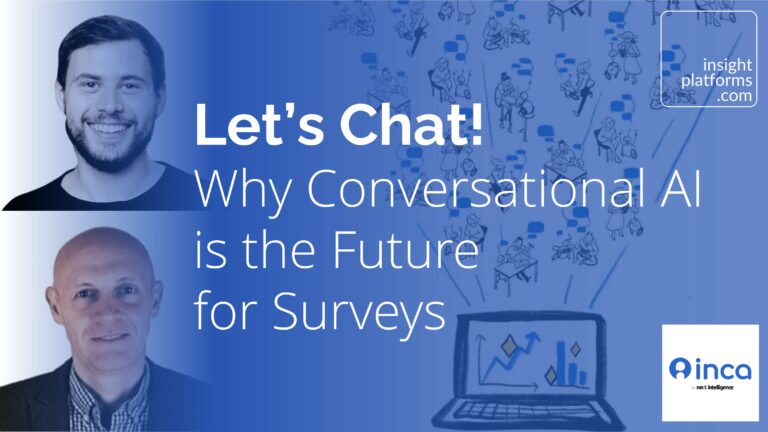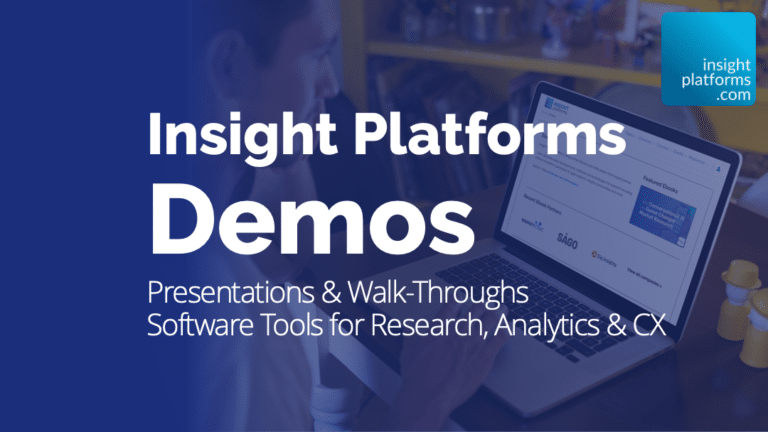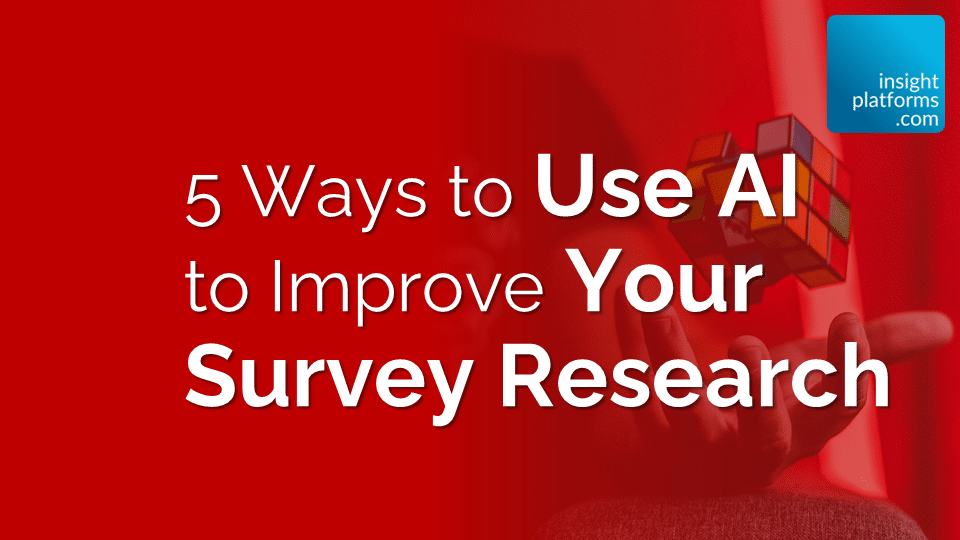
5 Ways to Use AI to Improve Your Survey Research
By Insight Platforms
- article
- Artificial Intelligence
- NLP (Natural Language Processing)
- Data Analytics
- Synthetic Respondents
- DIY Surveys
- Voice of Customer Surveys
- Conversational Surveys
- User Surveys
- Online Surveys
Traditional surveys have always been the go-to method for collecting consumer data and understanding behaviour. However, sometimes they require budget, time and resources that aren’t available to the businesses.
With the growth and evolution of artificial intelligence (AI), surveys for marketing research have been turbo-charged with higher efficiency, effectiveness and better costs. Among AI-powered survey tools advantages, we can list speed, removing grunt work, analysing large ammounts of data, process automation… and many more.
In this article, we explore 5 ways in which AI can improve the process of designing surveys for marketing research, in different steps of the project. And we will meet some of the companies to do it.
1. Enhance Survey Questionnaire
We can use AI to look through large amounts of existing survey data and questionnaires to identify patterns, correlations, and question structures that work well. With this information, researchers can create new hypothesis and evaluate the most effective ways to ask questions, guiding the design of new questionnaires, for even more valuable insights.
This analysis also enables understanding respondent behavior and preferences in a large scale, enabling a more personalized survey questionnaire design, according to specific demographics or target audiences.
A well built questionnaire, with the right amount of questions, clear objectives and apropriate consumer language can ensure much higher engagement from respondents, ensuring higher response rates and more accurate data in less time.
Many companies provide this service in different ways: Pollfish creates a survey questionnaire with a few keywords prompt or survey objectives. QuestionPro’s QxBot uses a conversational interface to create surveys on any topic in as little as 60 seconds. And inca conversational AI tool enables probing further on open ended questions according to the respondents’ answers.
2. Automate Survey Sample and Recruitment
AI can analyze vast amounts of data to identify potential survey respondents, creating more accurate and targeted sampling profiles and definitions for recruitment. This will improve chances of your survey reaching the right audience, without the need of over-contacting a broader (and more expensive) sample.
It can analyze several data, such as demographic information (age, gender, location etc), online behavior, and purchasing patterns to select participants who are most likely to provide meaningful responses.
This approach saves time, reduces costs, and improves the accuracy of participant selection, leading to more representative samples.
Good examples in this area are Zamplia and InnovateMR.
3. Analyse Survey’s Open Ended Responses (NLP)
The analysis of text data in quantitative research have always required longer time and analytical skills to categorize and group different themes, in a way we could identify how many people think alike.
NLP (Natural Language Processing) techniques enable AI systems to analyze and understand written or spoken language, automating the process of categorizing open-ended survey responses, reducing the manual effort and time required.
AI powered text analytics enables understanding how many people feel the same way, classifying responses into positive, negative, or neutral. This helps researchers to gain insights into people’s attitudes and emotions, identifying trends and patterns.
Caplena, Canvs and ipiphany are examples of tools which use NLP to gather insights from open ended questions.
4. Predict Survey Results and People Behaviour
AI algorithms analyze patterns and correlations within historical survey data, identifying factors that influence certain behaviors or outcomes, enabling predictions and forecasts. Researchers are then able to predict if a marketing activity is going to succeed, based on past experiences, and also give inputs to adapt course, improving results.
This usage for AI in research is not new, it is just enhanced with the development of new and more accessable AI features.
For example, researchers have been using statistics and consumer past data learnings to expand and predict outcomes for a while: it enables forecasting 1st year sales for innovation or understanding ROI of marketing spend through Marketing Mix Modeling studies.
Now this task has gained scale.
AI can go through huge ammounts of data from previous surveys and understand how certain audiences think, what they like, what they do and how they respond to research stimulus, enabling predicting future survey results. The usage of synthetic Respondents (as they are called) is a contradictory subject in this field, and it deserves more details and pros and cons in a future article, but I couldn’t leave this example out of here.
There are many companies in this field like Yabble, Cambri, Black Swan, Synthetic Users and many others.
5. Survey Data Cleaning and Validation
We can use AI to automate the data cleaning and validation process. creating algorithms to detect and correct errors, inconsistencies, and missing values in survey responses, ensuring more accuracy and realiability in the data.
In addition, using machine learning algorithms, AI can identify outliers in the sample and flag potentially fraudulent or biased responses, improving the overall data quality.
Most tools will provide sata visualization on top of analytics as it makes sense to transform data into report. Examples of companies for data management are Inspirient, infotools and Displayr.
Conclusion
AI can play a significant role in improving the way we do survey research.
There are even more ways in which AI can leverage its capabilities in survey and sample design, data processing and analysis, predictive modeling and reporting, helping researchers to free more time to connect dots and provide business driven and data oriented insights.
Although many could fear that AI is going to put them out of the market, for those who keep learning and evolving with the technology, there is still a long and successful path ahead. It is not about competing with AI or demeaning it, but seing it as an opportunity to augment your skills and possibilities.


